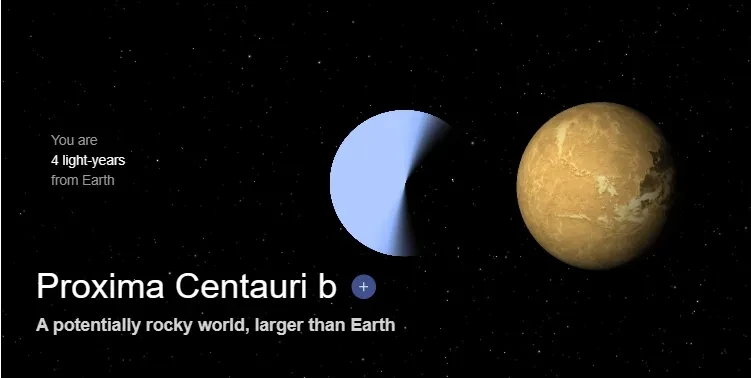Kisanak, Who doesn’t know about this one thing? Money is a legitimate payment tool, something generally accepted in exchange for goods and services or payment of debts.
Money is also a wealth hoarding tool, a measure of value, and a medium of exchange that facilitates trade.
Money is a very important object and is used in all aspects of life. Without money, we cannot buy anything, cannot pay debts, cannot save, and cannot enjoy life.
But, do you know where money comes from? What is the history of money? What are the types of money available? And most importantly, where does money reside, and why do many seek it? Money has undergone a long journey since ancient times.
Initially, people used the barter system to obtain the needed goods. However, this system was not efficient and practical because people had to find someone willing to exchange desired goods. Moreover, the exchanged goods did not have balanced exchange value and were not durable.
Then, people began using certain items as a medium of exchange, such as salt, shells, animal shells, gold, and silver.
These items were chosen because they had high value, were widely accepted, and were needed by many people. However, these items also had drawbacks, such as being difficult to carry, divide, easily perishable, and prone to theft.
Eventually, metal coins and paper money emerged, which were easier to use, store, and carry.
Metal coins and paper money have nominal values set by the government or authorized institutions. Metal coins and paper money also have distinctive features that are difficult to counterfeit, such as images, colors, sizes, and signatures.
Based on their materials, money can be divided into two types: metal coins and paper money. Metal coins are made of metals such as copper, nickel, silver, or gold.
Paper money is made of paper, cloth, or plastic. Metal coins are usually used for small denominations, while paper money is used for larger denominations.
Based on the institution issuing them, money can be divided into two types: legal tender and scriptural money. Legal tender is money issued by the Central Bank, namely Bank Indonesia.
Legal tender has a nominal value equal to its intrinsic value, which is the value of its material. Legal tender also has compulsion, meaning it must be accepted by anyone as a legitimate payment tool.
Scriptural money is money issued by commercial banks, such as BCA, BNI, BRI, or Mandiri. Scriptural money is not physical but in the form of notes or bank accounts.
Scriptural money has a nominal value greater than its intrinsic value, which is the guarantee provided by the bank. Scriptural money also does not have compulsion but rather attraction, meaning it can be exchanged for legal tender or used for non-cash transactions.
Money is everywhere, in our hands, in our wallets, in our banks, in markets, in shops, in offices, in factories, in schools, in hospitals, in churches, in mosques, in other places.
Money circulates from one person to another, from one place to another, from one time to another. Money rotates and moves along with the economic activities happening in society.
Many seek money because money has significant functions and benefits for human life. Money can be used to buy needed or desired goods and services. Money can be used to pay debts or obligations that must be fulfilled.
However, seeking money is not easy. Money does not come by itself but must be pursued with hard work, smart work, sincere work, and thorough work.
Money also cannot be abused but must be managed wisely, fairly, transparently, and responsibly.
Money also cannot be the primary goal but must be a means to achieve higher goals, namely prosperity, justice, and peace.













